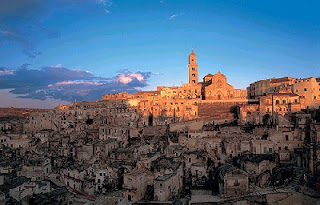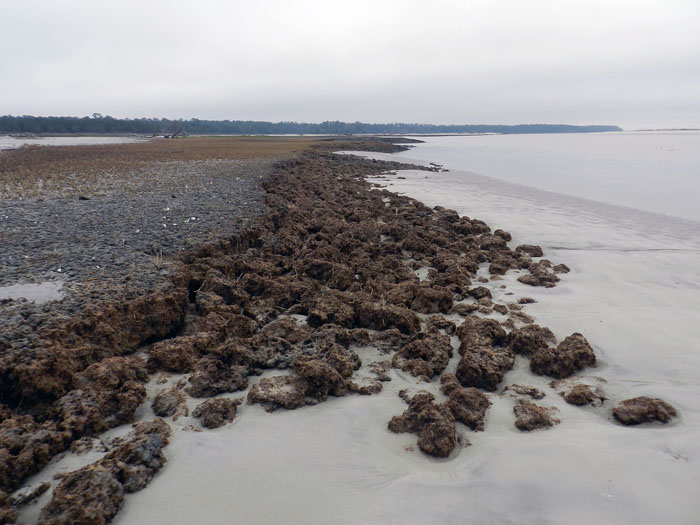Whilst I have been lucky enough to have been given artist residencies in the United States in the past, my latest residency was in South Italy, a part of the world I had never before visited.
I have just spent two weeks learning about this wonderfully dramatic area of the world, where mountains soar in serried splendour from the Adriatic or Ionian seas and wide, rocky dry river beds speak of dramatic volumes of water hurtling down them during the winter rains.
As with most new parts of the world, it takes a little while to begin to understand the people and the landscapes. To get under its skin, learn about its long history and see how things work, you need more than a few days.
I had originally been allocated a two-week residency slot in June at the Palazzo Rinald, in the small hill town of Noepoli, in Basilicata province, in the instep of South Italy. The time had to be changed because of a family emergency, and so I went for ten days in early August.
My first reaction was – what about the heat? But no, despite one or two days of searing, dry heat, the evening breezes, nay - winds, that spring up make life possible – as long as you assiduously drink lots of water.
The actual residency set up at Palazzo Rinaldi is a family-run situation, and like all such situations, there are good and bad things.
For me, essentially a plein air artist, the immutable requirement that breakfast be available to you only at 9 a.m. was unfortunate – by then, the best light and the coolest temperatures have almost gone.
Whilst there are also artists from different disciplines – writing, photography, etc. – visual artists’ needs seemed not to be well understood, particularly if you work on paper which requires protection before you can exhibit. I got swept up into a Plein Air competition that was being run for the first time, and the ensuing exhibition for the townspeople had not been thought through at all and far more was promised to us than was delivered.
The best aspects of any such residency are that one is allowed to stretch and grow as an artist, in new surroundings that challenge one, and that one meets interesting artists with whom to interact.
In the Palazzo Rinaldi residency, the surroundings were indeed wonderful, with landscapes and village-scapes that were memorable. The atmosphere generated by the residency “management” was not always conducive to serene creativity, but my fellow artists were marvellous companions. I met several American-based artists my first days there, but the week I then spent with two Spanish ladies and one artist from Poland was indeed rewarding.
The Barcelona-based artist, Rosa Calull, who won the Plein Air contest with her luminous painting of an old village doorway, was my nearest neighbor in the Palazzo. Her fellow Spanish artist, Sargam, from San Sebastian in the Basque Country, was a talented, multidimensional artist, while the third of my companions was Anna Bocek, a dramatic portraitist based in Gdansk, Poland, but who spends time preparing exhibitions in different parts of the world.
All were highly intelligent, dynamic people, with a lot of experience of different artist residencies. They all concurred that a creative, supportive and knowledgeable infrastructure is vital for a good residency.
What every entity offering an artist residency – be it a state or national park, an artist colony, a non-profit foundation or whatever – should remember is that, de facto, the artist community is a small one, with very easy communication in this internet-connected world. Artists talk to each other, even when unknown to each other personally, and they evaluate residencies.
Are they good, do they support the artist? Are they expensive (if fees are required, as in the Rinaldi case), are there surprises like requests for donations that were not spelled out ahead? Are the people running them helpful and polite?
Pretty soon, unfortunate experiences get shared around and the residency’s reputation gets tarnished.
Conversely, good experiences are remembered and the residency name given to other artists. So those in the artist community gather a list of places to try to go to in the future, and other residencies to avoid or never return to.
Granted, the optic of an American artist may be different from a European artist, given the differences in culture, but nonetheless, at the end of the day, all artists want a positive, creative experience. That is what they travel many miles to seek, often with an expensive journey, to achieve a much-appreciated hiatus from their usual lives that allows them to expand their artistic horizons.
The Sassi, Matera





